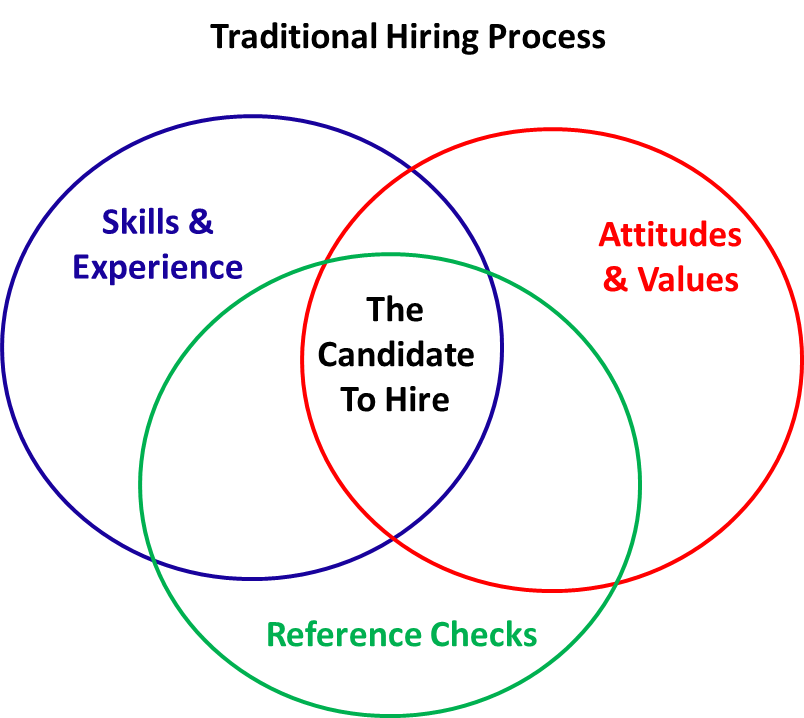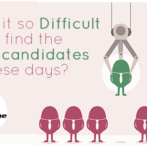Brad Wolff, September 24, 2014
Everyone knows the story of Jekyll and Hyde. How many of you can relate to interviewing a “great candidate” that you had a “good feeling about” that didn’t work out? Have you ever wondered what you could have done differently? High employee turnover rates are one of the biggest problems most companies face. Statistics on this are prevalent. The evidence is clear- the traditional hiring process that companies use is not very effective and leads to high percentage of bad hires and low employee retention. This model of hiring is based on a flawed underlying philosophy.
Logically, if you have a person that possesses the right skills & experience,the right attitude & values for your job and environment and the references check out, you should have a good hire, right? The fact is that properly conducted interviews using with good interview questions are a good way to gauge these characteristics. Also, because these characteristics are NOT innate, even if you are a little off on your judgment, with a little time and coaching, the person can still learn, change and adjust to your environment.
Despite using the above model for hire, bad hires and high employee turnover rates are frequent. Study after study has confirmed this. According to Forbes, 1/23/12, “Hire for Attitude: An Interview with Mark Murphy”, 46% of new hires fail within 18 months. This was based on a study of tracking 20,000 new hires. When these mistakes occur, the typical explanation is usually something like this: “I’m not sure why it happened. I thought it would be great hire but for some reason, it just wasn’t the right fit.”
Everyone uses the word fit because it is a convenient “catch-all” term that covers anything we can’t identify. It seems like a mystery that we can’t explain. But is it really so mysterious? When we look deeper at the evidence, fit is not a mystery at all. It primarily relates to innate characteristics that are part of every person’s makeup. The bad news is that interviewing is NOT a good way to accurately measure a person’s innate characteristics. Let’s look at a few examples of innate characteristics and how they play out in the ability to perform effectively in different scenarios.
Imagine a seasoned wide receiver coach is surrounded by wide receivers (known for agility and speed, not size) in a try-out situation on the field. The group is approached by a dramatically large, 6’6”, 360 lbs. lineman-type player. The lineman-sized player says, “Why not give me a shot, Coach? I have played this position all of my life so I have the experience.” The Coach replies, “No, you’re just not the right fit for wide receiver.”
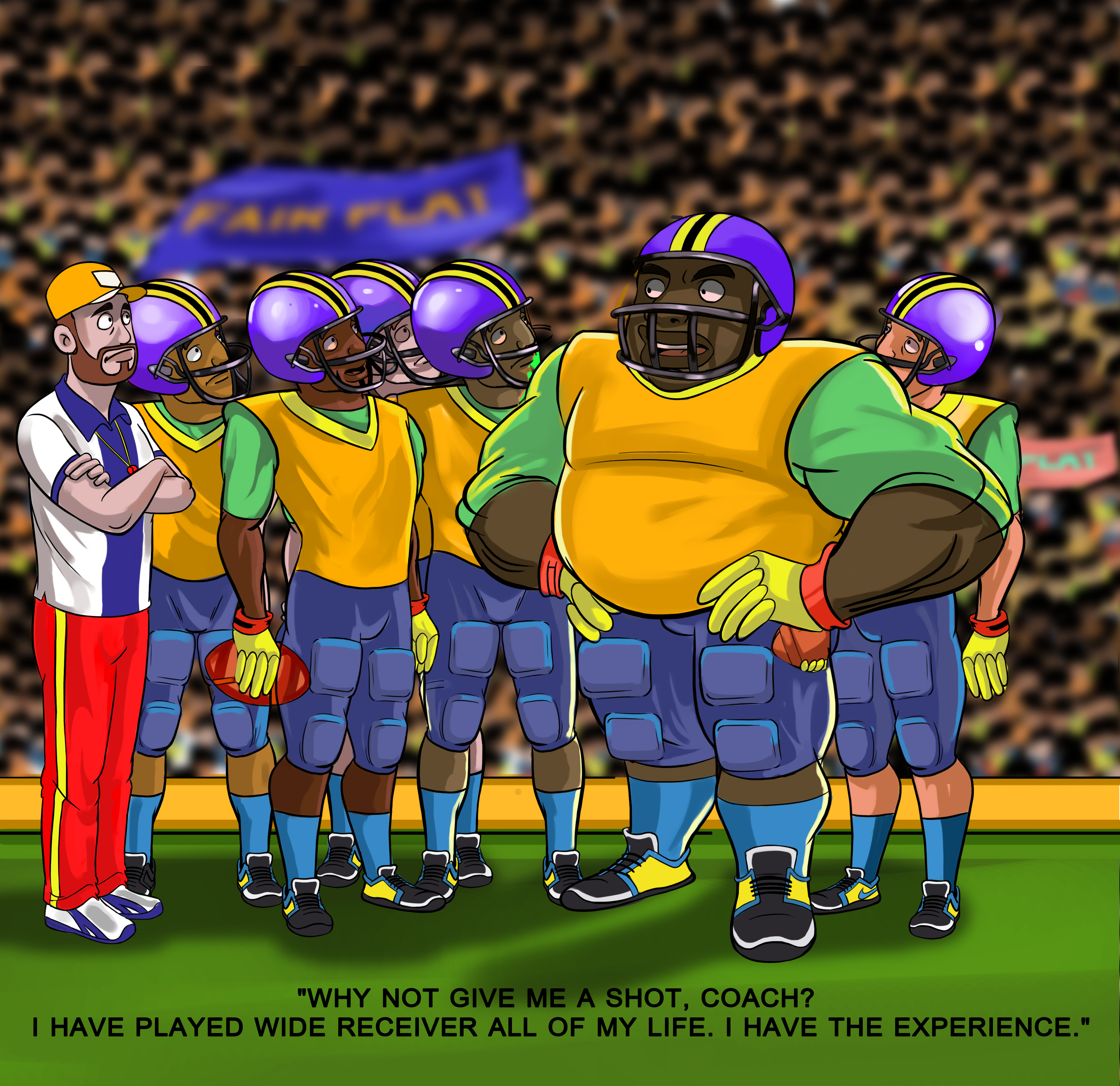
Now imagine a seasoned basketball coach on the sideline of a basketball court with his team of extremely tall (6’6” to 7’) basketball players. The group is approached by a petite player (5’5” /an obviously amount shorter than the group). Coach shakes his head, “No way!” This player says, “But coach, I have been playing basketball for years. I can shoot, I can dribble, let me try out.” Sometimes it’s just obvious when a person is not the right fit.
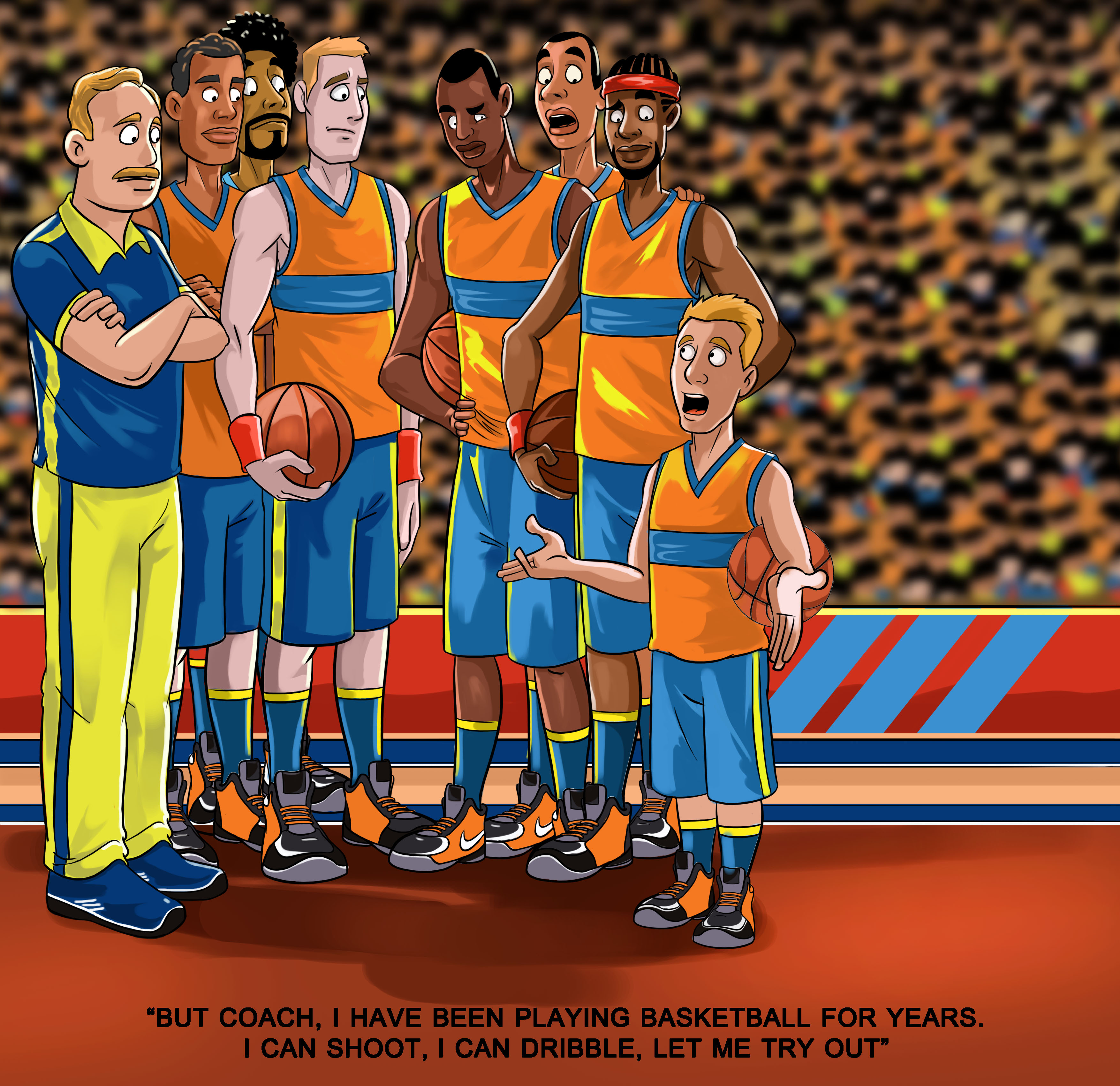
It’s not always obvious with job candidates since the characteristics that are important are not so visibly obvious. The truth is that our innate characteristics are just as real as our physical characteristics. These are part of our natural aptitudes and abilities. We just can’t see them or detect them as easily. Think of yourself. You know that you are good at some things and not at other things. You love to do some activities, but dread others. For example, if you are a big-picture, concept type of person, you would not do well in a job that requires high degree of detail orientation. If you are a shy, introverted person, you would not like a highly interactive, constantly talking Sales-type of position.
Here are some reasons that the traditional interview process is not effective in determining innate capabilities and characteristics:
• We tend to put too much value on the resumes: we often overrate or underrate a person’s ability to perform in our job based on what they represented on a document. But, does the fact that a person performs certain duties mean this person is also good at them? In addition, inflation of information on resumes is widespread. In
• Past success in one place is not a good indicator of future success at another place – unless the specific job duties and all of the environmental factors are the same (which is rarely the case).
• Companies tend to hire people who make the best impression in the interview. The best interviewers are usually prepared for interview questions and interview techniques in advance and thus have better “interview skills”. You end up learning more about interview skills than ability to perform in the position in question.
• Basic human psychology – we cannot be truly objective in an interview for the following reasons:
o We have a positive bias towards people who are more similar to ourselves.
o We have a negative bias towards people who are very different than ourselves (we often need someone very different).
o “Halo effect”- If we find a quality we like in a person, we unconsciously tend to assign a positive bias to attributes we know nothing about. We do the opposite when we don’t like a quality.
o We filter our present through our past and make too many unconscious assumptions as a result.
• Nobody is truly being him or herself. In an interview, the Candidates and Employers are each playing a prescribed role and are on their “best behavior”. What is a person really like underneath the “interview mask?” You really don’t know.
• Reference checking has limited value: Candidates select who to use as references, the references tend to err on the side of positive and to the extent that your environment is different, the things that made the person a star in one place may have a negative effect in your company.
Now you may be asking yourself the following relevant questions;
1. What if I had objective data to measure a person’s innate characteristics to accurately predicted how a person will think and act on a daily basis before I even decided to interview that person?
2: What if I had objective data that provided simple practical advice on how to best on-board, manage and work with a person to get the best results and the fewest negative interactions? How would that impact your company?
The answer is that you it can make a critical difference and you can do this now. The resulting process of adding this information to the “Traditional Interview Process” can be called the “Balanced Hiring Process”
- The balanced hiring process is more effective because it determines if the candidate is the right fit for the job.
The good news is that that you can apply an objective, science-based process to measure innate characteristics with the RIGHT assessment tool.
The bad news is that selecting the right assessment tool is much more difficult than it would appear to be. Here are the most common pitfalls that occur in selecting the right assessment tool and process:
• There are well over 1000 assessment tools in the market and they are not all equally effective at determining job fit.
• Many provide generalized “feel good” information with limited value in making hiring decisions and managing people.
• Many of the well known assessment products were designed in the 1940′s and 1950′s, and have not kept pace with the significant advances in the science of psychometrics.
• Elaborate, complex and expensive methodologies are often recommended that focus on interview questions, interview techniques and reference checking. Unfortunately, these methods rarely perform as expected due to reasons elaborated above. A simple, inexpensive assessment tool could have screened them out early in the process- at a fraction of the cost to your organization. .
• Test companies often use success profiling, benchmarking, and job templates to sell their product but unless your specific job and environment is virtually the same as their “standards” how is this relevant to you?
• Many tools focus on characteristics that are not part of “innate makeup”. Since non innate characteristics change over time and circumstances they have less ability to predict behaviors and results.
What would be a practical, step-by-step approach to implement a Balanced Hiring Process? Here are the key steps to accomplish this:
- Utilize an objective, repeatable process to determine which characteristics are critical (vs helpful or irrelevant) for success and where the critical ones need to measure to have the ability to do the job. This is the “Assessment Model.”
- Review potential applicant resumes without overly intense scrutiny to “divine the few best candidates”- Let the assessment process determine which candidates actually have the ability to do the job and eliminate the others.
- Make a brief phone call of introduction to gauge basic communication skills and attitude. If you are still interested after this call, inform candidate that the assessment will be administered via online assessment tool.
- Inform candidate that after assessment is completed, he/she is only asked to invest in interview process if the position aligns with their gifts. If job in question is not a fit person will be considered if other positions arise that are a better fit based on assessment information.
- After assessment, you will email a brief summary of results that indicate how these characteristics can be assets or strengths. Candidates are usually very appreciative and it keeps things positive and provides valuable guidance.
- Compare the assessment results to “Assessment Model” for the position.
- Interview only the people that actually CAN do the job and avoid wasting each other’s time and effort if person CANNOT do the job. Candidates that possess the innate characteristics required are selected to interview.
- A quality assessment tool provides specific interview questions to probe deeper on how the person actually uses these innate characteristics. This provides more useful information about a person than most standard interview questions. You need to know that person uses these innate characteristics appropriately.
- As part of the interview process, develop good, open ended questions in advance to measure Skills, Experience, Attitude and Values. This is the area where good interview questions and interview techniques are helpful.
- Plan in advance which people are in the interview process and what roles they play in the process.
- Complete the interview process. Everyone in organization is clear about the focus and is prepared in advance with questions they will ask.
- Hire a candidate that meets the critical innate characteristics (fit).
- Obtain clear, usable reports that describe how the person’s innate characteristics will manifest themselves in your specific job and environment. This helps you best manage and work with this person throughout the career at your company.
- Appropriate information is shared with new employee and people who will interact with this person so everyone is on the same page. You will know in advance: How to best utilize the person’s gifts, where you are likely to encounter challenges with person. This enables you to minimize problems before they become large issues.
The following is a summary of the benefits of utilizing an objective assessment in your hiring process.
• You will consider more potential candidates upfront than you normally would by not making the resume the main criteria of fit, thus increasing odds of making the best hires
• You only invest the time and effort of your busy people with candidates that have the innate ability for your job
• The most respectful thing you can do to people is not hire them for jobs where they are likely to fail
• You will reduce legal risk of unfair or discriminatory hiring process. Having a quality assessment in the “front end” of the interview process provides the only truly objective step you have in your interview process. Assessment does not know anything about age, gender, race, religion, etc.
• You will greatly reduce the cost and negativity to your organization of bad hires
• You will reduce the negative outside publicity to your organization that bad hires bring. They usually blame your company for their failure and not themselves.
• You will obtain critical, useful information to best manage people you hire. Consider the RIGHT people within your organization for new roles that they are wired to do well. Turn negative into positive when employee that you rejected for internal role he/she wanted clearly understands why this role would have been a disaster for him/her.
Learn more about the Mystery of Fit in this video.
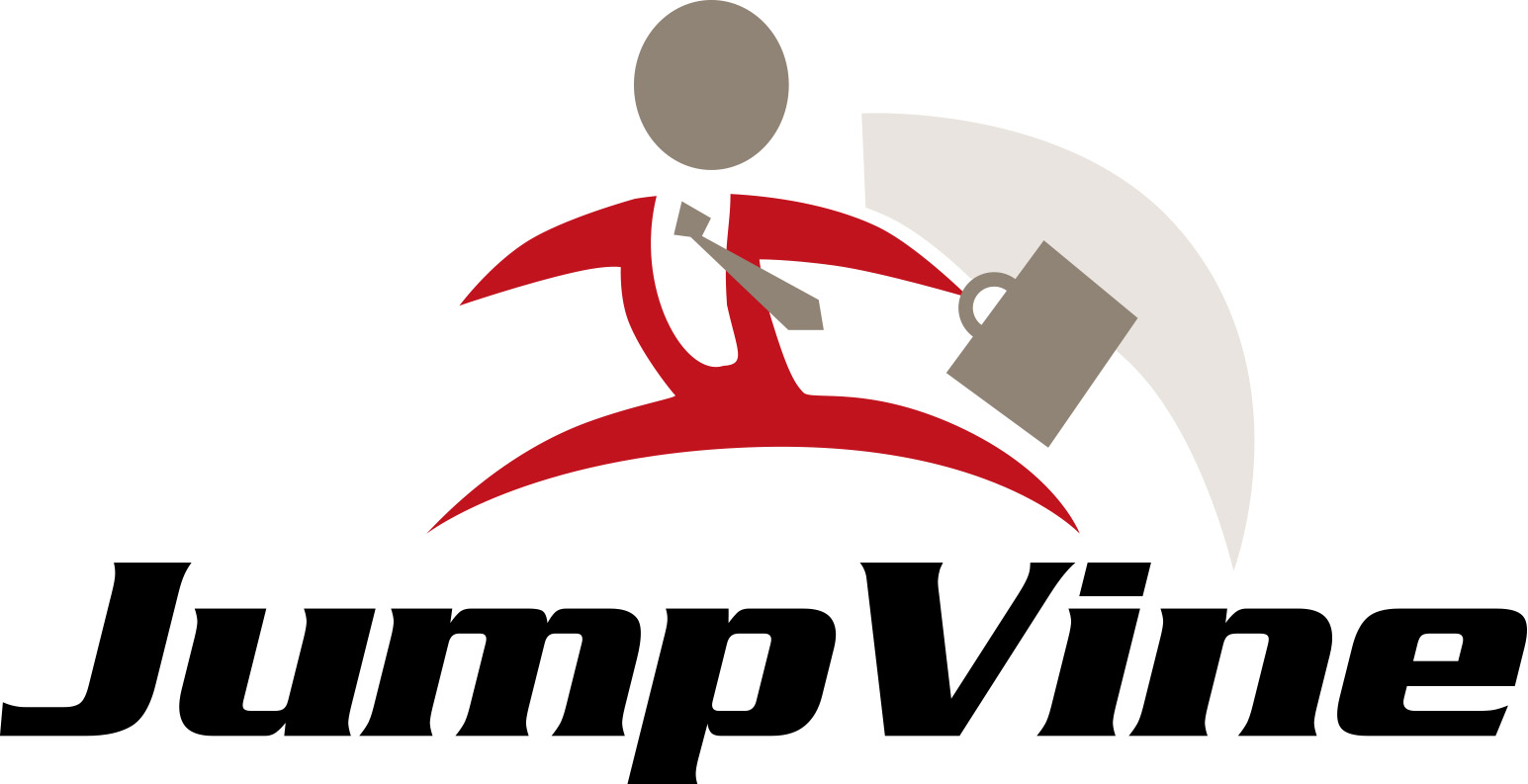
At JumpVine, we reduce the risk of new employee turnover by using an objective, science-based approach to measure a person’s ability to do a specific job in your environment. We take the guess work out of finding the right fit. Learn more about our objective approach.
Complete Focus
You are our top priority and it shows. We don’t play the numbers game. We conduct a focused, dedicated search. This results in 3- 4 times more qualified candidates than traditional recruiting firms. Our 80% fill rate is four times the industry average.
Diverse Recruiting Team
Our recruiting team includes professionals with experience in sales and marketing, manufacturing /production positions, supply chain, finance, and human resources. Our average recruiter has more than 15 years of specialized industry experience.
Our Goal Is Your Success
The employee retention rate on our placements is above 90%. No more “hire and hope”. Our clients have realized the following benefits with our approach:
- Significant improvement in long-term retention and morale.
- Specific, easy to use reports for new employee hires to assist in on-boarding. managing and planning career paths based on innate characteristics.
- 50-75% reduction in interviews needed to make a hire.
- Hiring process that is 25-50% faster on average.
Our goal is your long term success.
Our retention rate is above 90% because of our objective methodology. Our goal is your long term success. Our results speak for themselves: Less time and effort on your part, reduced time to hire, lower risk of a bad hire, and lower cost in general. Why not call us today to get started on your search? You’ll enjoy the JumpVine experience and we guarantee you will notice the difference. jumpvine.net.



